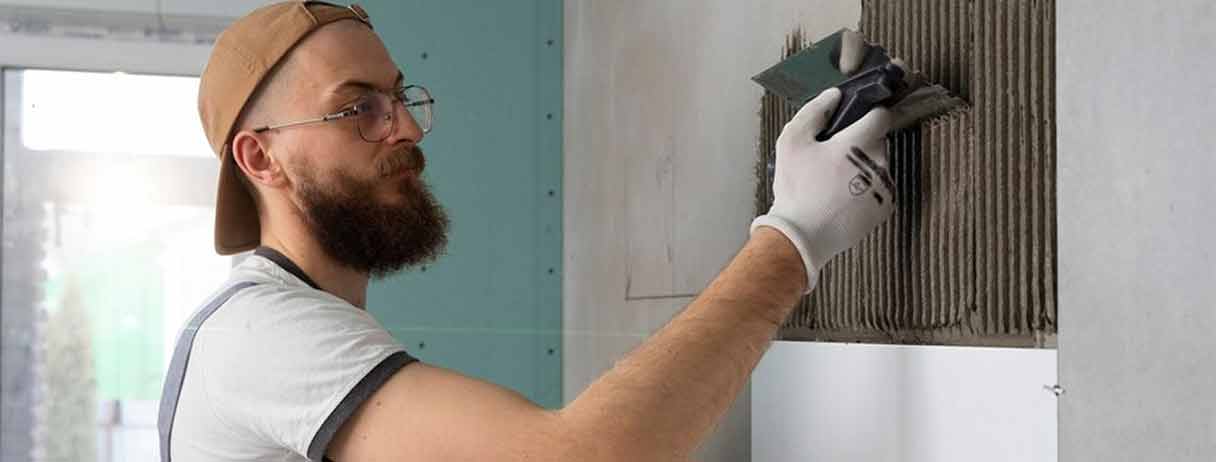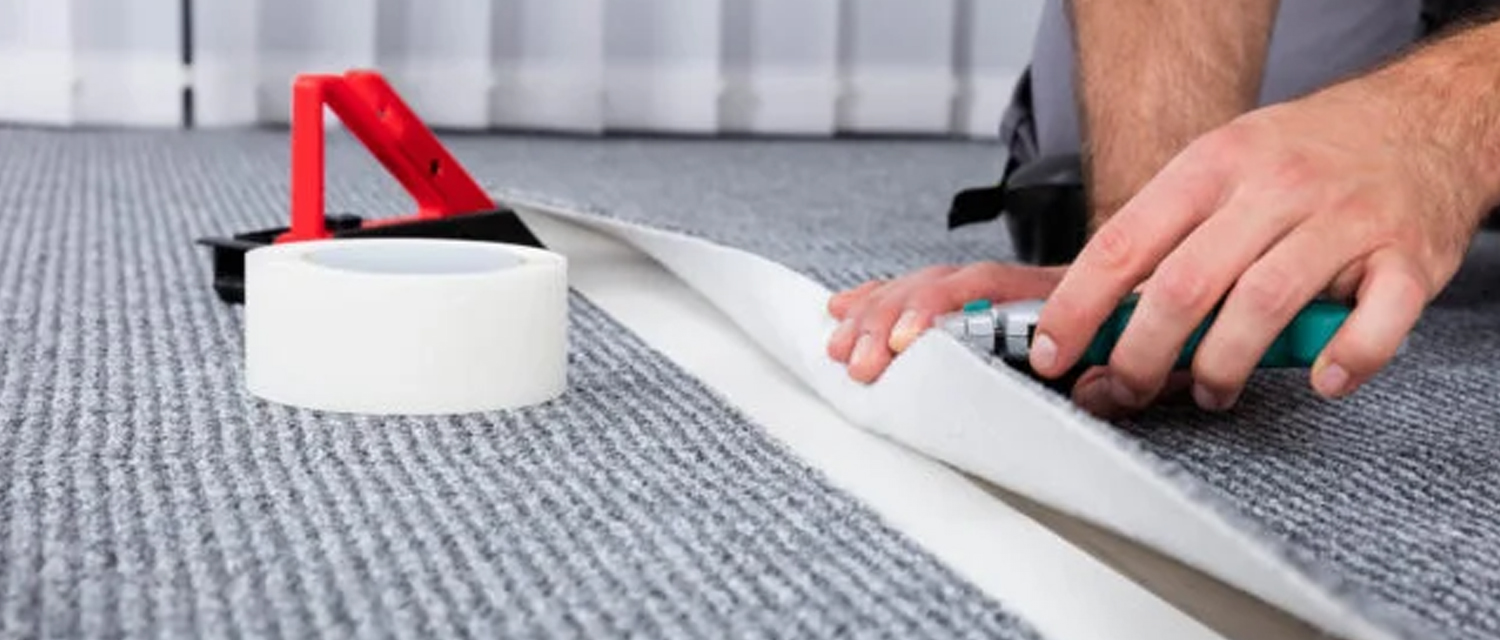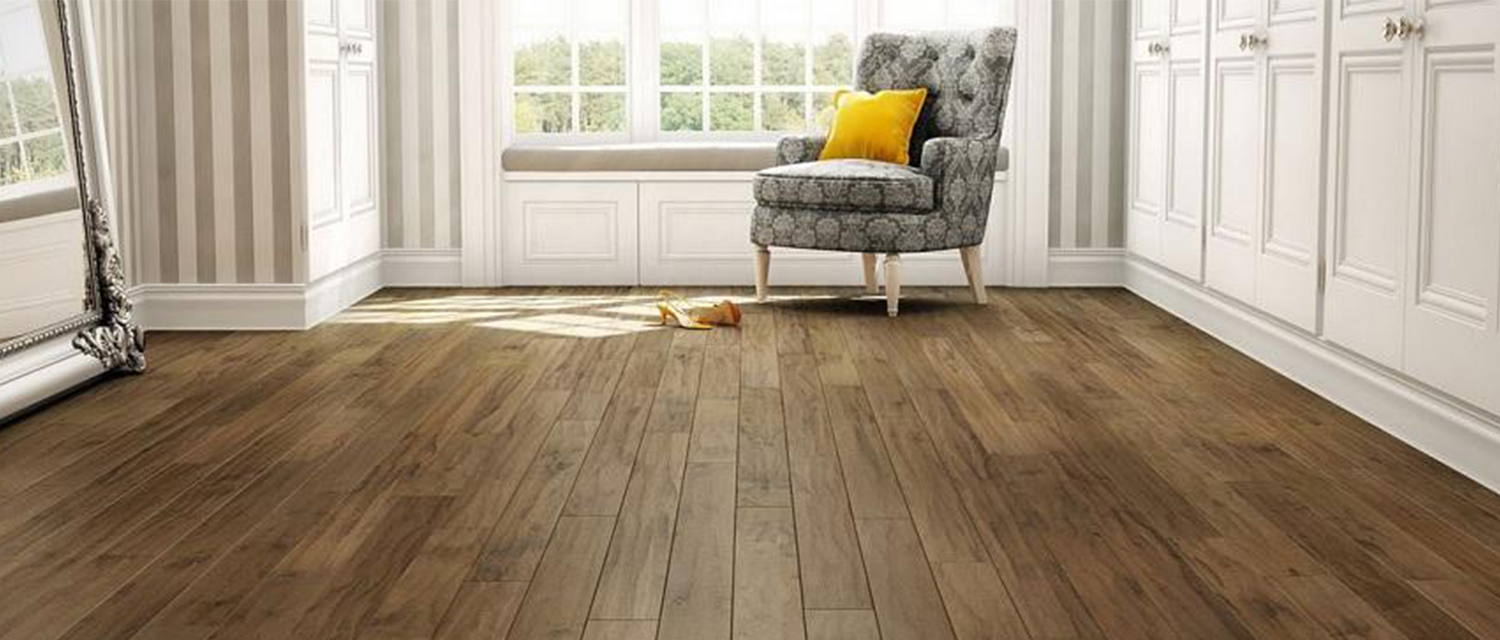How to Waterproof Bathroom Floor: Step-by-Step Guide
Waterproofing your bathroom floor is essential to prevent moisture damage and leaks. The process involves preparing the surface, applying a primer, sealing joints and corners with silicone and waterproofing tape, and applying two coats of a waterproofing membrane. Once cured, the floor is ready for tiling or finishing, ensuring long-lasting protection against water penetration.
Tools and Materials Needed:
- Waterproofing membrane or liquid waterproofing product
- Primer
- Waterproofing tape or reinforcing fabric
- Brush, roller, or trowel
- Silicone sealant
- Utility knife
- Paint scraper or putty knife
- Protective gear (gloves, mask)
Step 1: Prepare the Surface
- Clean the bathroom floor thoroughly, removing any dust, dirt, or grease.
- Ensure the surface is smooth; use a paint scraper to remove any old adhesives or loose materials.
- Repair any cracks or holes in the floor using a suitable filler.
- Allow the surface to dry completely before proceeding.
Step 2: Apply Primer
- Apply a waterproofing primer to the entire bathroom floor using a roller or brush.
- Allow the primer to dry as per the manufacturer’s instructions (typically 1-2 hours).
Step 3: Seal Corners and Joints
- Apply silicone sealant around the perimeter of the floor, especially where the walls meet the floor.
- Smooth the sealant with your finger or a putty knife.
- Allow the silicone to set according to the instructions on the product.
Step 4: Reinforce Joints and Corners
- Apply waterproofing tape or reinforcing fabric along all joints and corners, pressing it down firmly.
- Make sure the tape covers any gaps, seams, or weak points on the floor.
Step 5: Apply the Waterproofing Membrane (First Coat)
- Using a brush or roller, apply the first coat of waterproofing membrane across the entire bathroom floor.
- Start from the back of the room and work toward the exit.
- Ensure even coverage and extend the membrane up the walls (around 100-150mm) to create a watertight seal.
- Allow the first coat to dry (usually 4-6 hours).
Step 6: Apply the Waterproofing Membrane (Second Coat)
- Once the first coat is dry, apply the second coat of waterproofing membrane.
- Make sure the second coat overlaps and completely covers the first coat.
- Let the second coat dry thoroughly (as per manufacturer’s instructions).
Step 7: Inspect and Test
- Inspect the entire floor to ensure complete coverage with no gaps, bubbles, or missed areas.
- Perform a water test (optional) by pouring a small amount of water on the floor to check if the waterproofing is effective.
Step 8: Allow to Cure
- Let the waterproofing fully cure before laying tiles or installing any floor covering.
- Curing time may vary, but it usually takes 24-48 hours depending on the product.
Step 9: Install Flooring
- Once the waterproofing membrane has cured, you can proceed with tiling or laying your bathroom floor covering.
Why Should All Consider Bathroom Waterproofing?
The main wet space in a home is the bathroom. Thus, it must be properly waterproofed to lower the possibility of structural damage from condensation, leaks, & moisture.
The fundamental rules for waterproofing in residential bathrooms are laid forth in the Australian Building Code and the Australian Standard. These recommendations include waterproofing the bathroom floor completely if it is made of wood, plywood, or particleboard. Or, it is above the ground floor, waterproofing at least 100mm over any raised area or step; waterproofing up to 150mm on the walls inside the shower; waterproofing the vertical angle between any two walls up to 1800mm high, and waterproofing the shower floor completely.
To ensure the greatest protection against bathroom water damage, it is advised to go above and above these minimal standards. The whole bathroom floor as well as all of the walls in the shower area must be waterproofed. You should check with your local council before beginning any waterproofing projects. Because some may require that only licenced waterproofing applicators complete any waterproofing work.
Bathroom Waterproofing: DIY Essential Tips
There are lots of techniques and tips that you can use for DIY bathroom waterproofing. But still, we suggest using these ideas.
Recognising the Need for Bathroom Waterproofing
Your bathroom can have great water damage, which can result in structural problems, mould development, and expensive bathroom repairs. Your first line of defence against water penetration is waterproofing. This maintains the structural virtue of walls, flooring, and other bathroom parts. To avoid issues in the future, address the requirement of waterproofing in the early phases of building or bathroom remodelling.
Recognising Potential Issues
Determine any possible trouble spots in your bathroom before you start the waterproofing procedure. Joints between walls and floors, corners, shower enclosures, and areas surrounding pipe penetrations are some typical weak points. Planning targeted waterproofing methods to successfully seal these places will be made easier with careful inspection.
Buy Only The Best Materials For Bathroom Waterproofing
Remember that you buy only the best material for waterproofing your bathroom. Waterproofing tapes, sheet membranes, and liquid waterproofing membranes are common things required. Your material selection should be according to your unique requirements, the bathroom's design, and your desired money-spending limit.
Appropriate Surface Cleaning
Before working on bathroom waterproofing, you need to do surface preparation. Remove any dust, dirt, or existing coatings from the surfaces that will be waterproofed, then thoroughly clean and dry them. Proper preparation ensures better adhesion of the waterproofing materials, preventing future water leaks.
Shower Area Waterproofing
One of the most important bathroom areas that need extra care is the shower area. Apply many layers of bathroom waterproofing membrane to the corners and seams of the shower walls and floor. To avoid water seepage, pay close attention to the area where the shower pan meets the walls.
Bathroom Floor Waterproofing
Due to the bathroom floor's susceptibility to water exposure, a waterproofing membrane must be applied before any flooring materials. Make sure the waterproofing covers the floor's borders and the area surrounding any floor drains.
Bathroom Wall Waterproofing
Depending on the design of the bathroom & your preferences, waterproof the walls of the bathroom up to an appropriate height. Consider the corners, seams, and connections with other surfaces while applying the waterproofing membrane to the whole bathroom area.
Applying Sealant
Sealants play a crucial role. And if we talk about bathroom sealant it helps prevent water infiltration around fixtures, joints, and gaps. To seal the spaces surrounding the bathtub, sink, and toilet, use premium silicone or polyurethane sealants. To keep a watertight seal, periodically check for wear and damage and replace any damaged or worn-out sealants.
Continual Upkeep and Inspection
Even with the most prominent waterproofing techniques, periodic maintenance and inspections are important. So, when you notice excessive water, mould, water damage, or peeling waterproofing membranes, you need to redo the process. Detect any problems right away to stop issues from getting worse.
The Bathroom Waterproofing Procedure
Checks: Pay close attention to any floor drains, the walls themselves, and the joints where the floor meets the walls. The integrity of the waterproofing membrane might be endangered by loose particles. So make sure the surfaces are smooth and clear of them. Every internal shower corner, including those where the wall meets the floor, the hob and the floor and where two walls meet, should have a polyester reinforcement mat installed.
Waterproofing Process: After completing the above checks, apply the waterproofing membrane to all surfaces. Then, apply a second coating after one or two hours. Apply this coating in a different direction. Apply the second layer horizontally, for instance, if the first coating, you applied vertically. You will have to give 4 to 6 days to complete the waterproofing.
Should You Consider Expert Waterproofing Services?
Even though some homeowners may opt for DIY bathroom waterproofing, using professional waterproofing services ensures a faultless and dependable application. Experienced experts can handle any waterproofing difficulty and provide a solid and long-lasting solution. Because they have the knowledge, tools, and ability to do so.
Conclusion
After reading this information and essential tips for bathroom waterproofing, you are capable of maintaining and doing waterproofing easily. Understanding the significance of waterproofing can help you protect your bathroom from water damage and enjoy a long-lasting, spotless area. When you give priority to your bathroom waterproofing during construction or restoration, you will have a dry, healthy, & lovely bathroom environment. Always remember when it comes to waterproofing, you need to be more careful so that you can avoid future damage.







